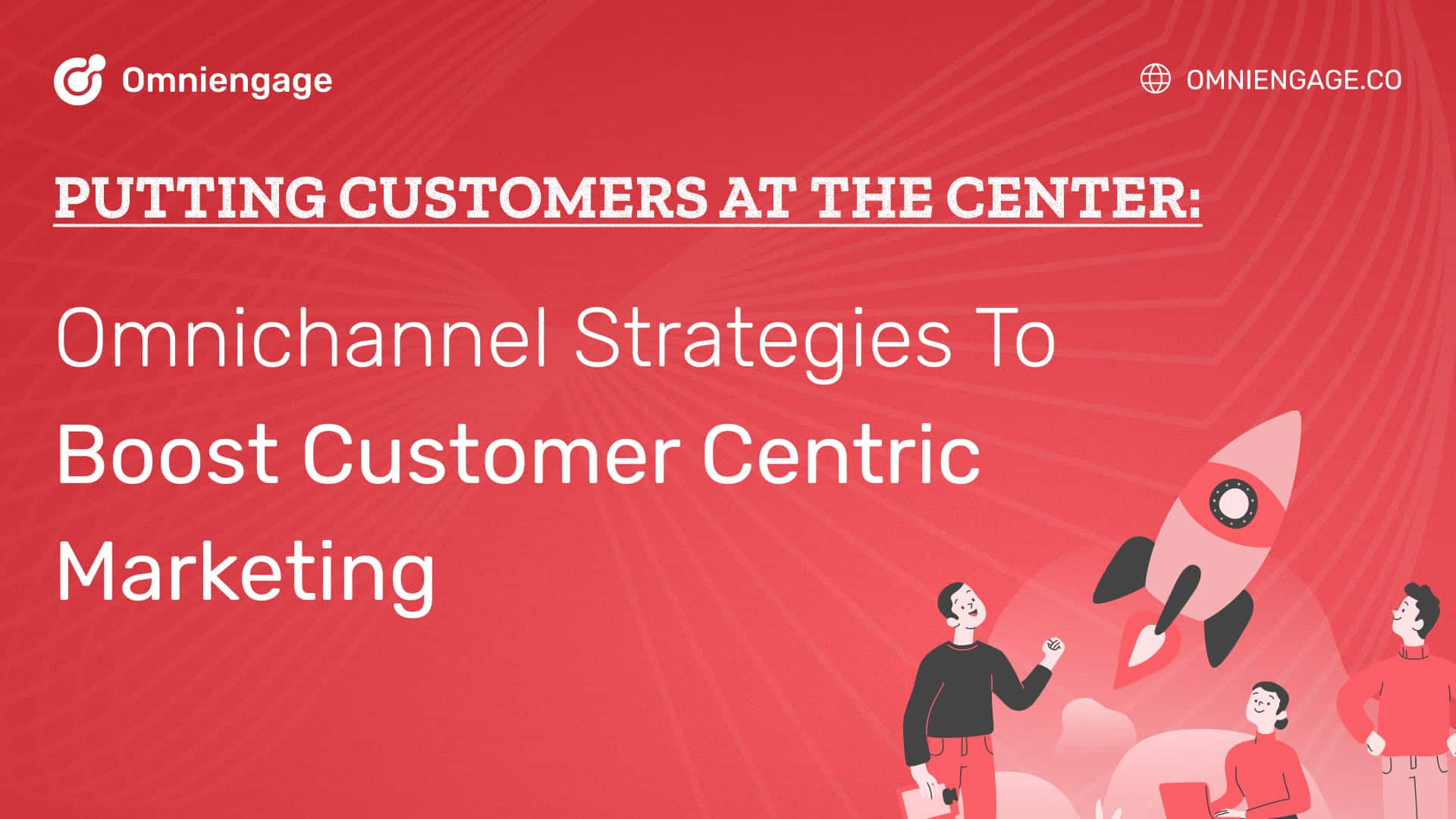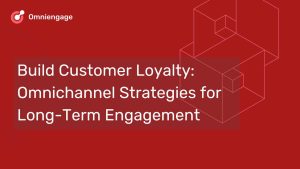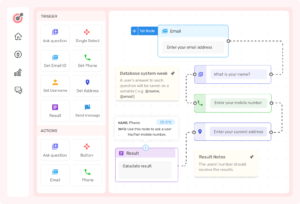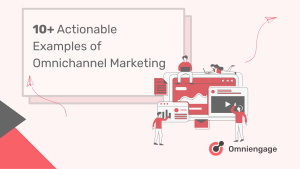Want to create a marketing strategy that truly puts the customer first? Then, you must understand the importance of personalized messages, offers, and experiences. In this blog post, we’ll dive into the key elements of successful customer centric marketing.

Use Data to Create Personalized Experiences
The key is to use data to truly understand each individual customer. Advanced analytics and AI allow companies to gather insights across channels to create rich customer profiles. These profiles enable hyper-personalization at scale to drive retention and loyalty. Brands using personalization see revenue increases of 15% on average.
Once the data foundation is in place, focus shifts to content and interactions. Truly customer-centric brands create specialized content and campaigns to align with customer preferences. They solicit feedback across the entire customer journey to quickly respond to evolving needs. This level of tuning into the customer allows retention rates to improve by up to 30%.
Make customer data work for you by rewarding customers. Get customers to willingly share their information by offering rewards, setting the stage for personalized marketing.
Get the full picture with a unified view of engagements. Combine data from different sources into one platform to fully understand customer behavior online and offline.
Streamline data management for the internal flow of information. Create a centralized system for easy integration and analysis of customer information.
Customize your marketing for each client. Use the data you gather to personalize marketing strategies and send targeted messages and offers that cater to each customer’s unique needs and preferences.
Improve customer experiences with better insights. Keep refining your marketing based on data insights to ensure your customers have the best experience possible and your business stays customer-focused.
Retention Ensures Repeat Transactions, while Loyalty Builds Emotional Connections
Want to keep customers coming back? That’s customer retention. But customer loyalty goes even deeper – it’s about creating an emotional bond and commitment to your brand. Both are essential for a customer-centric approach that focuses on engagement and satisfaction. Retention is about keeping transactions going, while loyalty is about exceeding expectations and aligning with values.
1. It’s More Than Just Discounts
Customer centricity goes beyond simply offering transactional benefits (in comparison to customer retention). It’s about understanding and meeting the unique needs of each customer. Value-driven consumers want to buy from brands that foster emotional bonds by aligning with customer beliefs. This approach is pivotal to build customer loyalty.
Case: Dove: Consider Dove’s “Real Beauty” campaign. By boldly challenging restrictive stereotypes, Dove tapped into the deep-seated desire for inclusivity and self-acceptance among its customer base. Sales soared, proving that shared principles drive resilience even in difficult times.
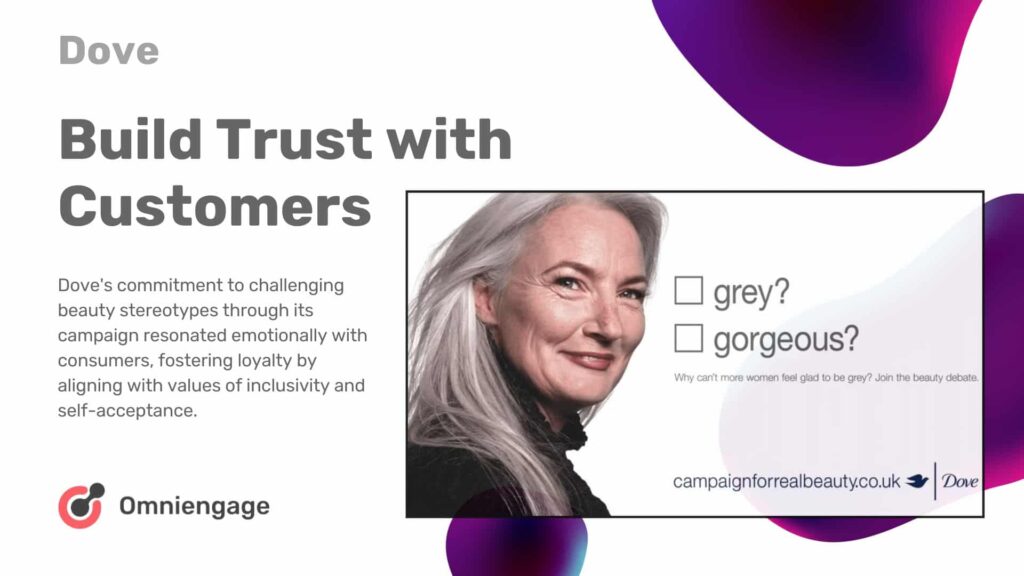
Build trust with your customers. This ability to resonate on an emotional level stems from a commitment to true customer centricity. Customers can sense when a brand genuinely cares about aligning with their values versus temporary lip service. Take Patagonia’s tireless environmental advocacy that informs everything from its supply chain to storefronts. Consumers remain loyal to Patagonia because protecting Mother Earth matters to them too.
2. Long-Term Commitment in Customer Centricity
Customer-Centric Relationships: Customer-centricity is about building enduring relationships. When a brand’s core values align with those of its customers, it signifies a commitment to understanding and valuing the customer beyond short-term gains. This shared commitment forms the basis for long-term loyalty.
Case: Amazon Prime’s Long-Term Commitment: Amazon captures wish lists and purchase histories to provide spot-on recommendations. Nike allows custom shoe designs to align with personal tastes. Data and customization intertwine to make the consumer feel valued as an individual.
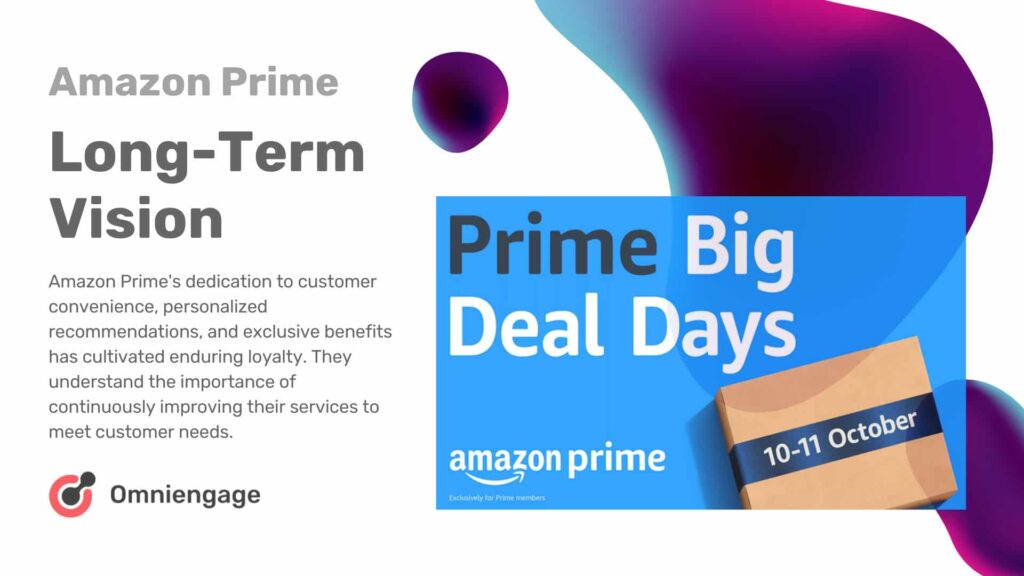
Build stronger connections with your customers. But customer centricity requires long-term dedication that transcends transactions. At its core, this means understanding each customer’s unique needs and catering offerings specifically to them. Tools that offer an omnichannel approach with multiple touchpoints enable personalized communication.
3. Mutually Beneficial Experiences
Customer centricity means making products, services, and experiences to meet customer expectations. When customers are comprehensively understood and supported, they offer loyalty in return.
Case: Starbucks Rewards Program: Starbucks builds these bonds through its rewards program that offers tailored perks based on purchase history. Customers receive personalized promotions and freebies while Starbucks gains data to enhance experiences. The result is a reliance where people actively accrue points because perks provide real value.
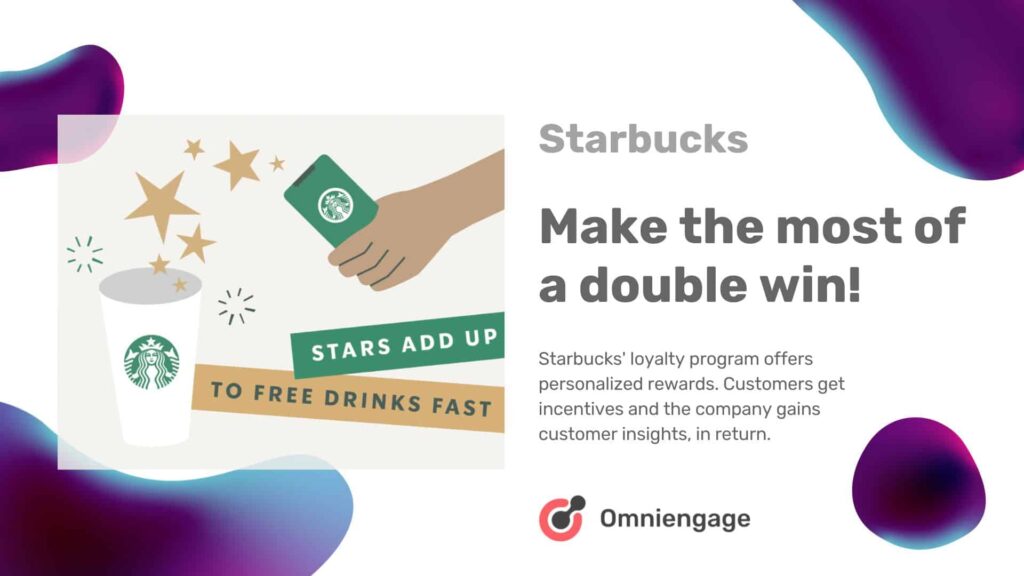
Create a win-win relationship with customers. The key is creating a customized loyalty lifecycle that evolves with the customer. Welcome them, understand their preferences, and delight with relevant offers. Make it easy to redeem points and provide elite status for your best advocates. This establishes a community where patrons feel understood and incentivized to stay committed.
The ultimate goal is an ecosystem where customers feel heard, and you gain crucial insights. Nurture this spirit of shared success, and your most loyal followers will stay by your side.
Gather Feedback for Effective Customer Engagement
To truly serve your customers, it is vital to deeply understand their needs and preferences. This requires carefully tracking customer behavior across all interaction channels, including your website, retail locations, call center, and more. Conducting thoughtful market research through surveys and focus groups also provides invaluable insights into your customers’ priorities and pain points. When you actively listen to your customers and learn about their real-world challenges, you empower yourself to deliver marketing messages and content that genuinely speaks to them and alleviates their difficulties. Ultimately, customer-centered research leads to stronger engagement, advocacy, and loyalty over time.
Captivating Content makes Creating Connections Easier
Rather than hard sales pitches for products and services, focus on sharing useful stories and solutions that align with your customers’ values and address their real needs. Meet your audience where they are by sharing content across platforms unique to them, with relevant social media posts, blog articles, emails, videos and more. Make every interaction count by incorporating interactive elements like polls, quizzes, and user-generated content to encourage greater participation and dialogue. When content feels genuine and adds value for your customers, they become more invested and engaged with your brand over the long term.
Customer Centric Alignment Across Channels Drives Results
To place customers at the heart of your operations, your organization must align across departments to optimize the consumer journey at all touchpoints. This requires coordinating seamless online and offline interactions across sales, service, marketing, IT, and other teams to eliminate friction and build loyalty. Connect the dots by ensuring consistent messaging and branding across channels, guided by customer needs instead of internal silos. When employees enterprise-wide fix their gaze on delighting customers, your organization becomes stronger, more cohesive, and better equipped to drive results in today’s consumer-centric landscape.
Role of AI in Data Analysis for Customer Centricity
Artificial intelligence (AI) is crucial in customer-centric marketing in driving efficiency. AI has revolutionized data analysis and operations, navigating vast amounts of data to extract valuable insights into customer behaviour and preferences. But AI does more than just analyze data – it turns those insights into actionable strategies that shape customer experiences. AI also reduces operational costs for marketing.
With AI, your businesses can create personalized and targeted marketing messages and experiences for each customer. Customers today are no longer seen as part of a generic audience. Instead, they are on a personalized journey where every interaction feels unique to their needs. By automating processes and optimizing resource allocation, AI helps businesses reduce operational costs and become more agile in response to market changes.
Summary
To create a customer-centric marketing strategy, a business needs to follow a multi-faceted approach. It starts with the collection of data and continues with customer retention and loyalty, analyzing feedback and insights, creating engaging content, cross-channel and organizational alignment, and utilizing AI to gain deeper insights into customer behavior. By focusing on these key elements, businesses can create a strategy that delivers personalized, engaging experiences, which in turn build long-term customer relationships.

